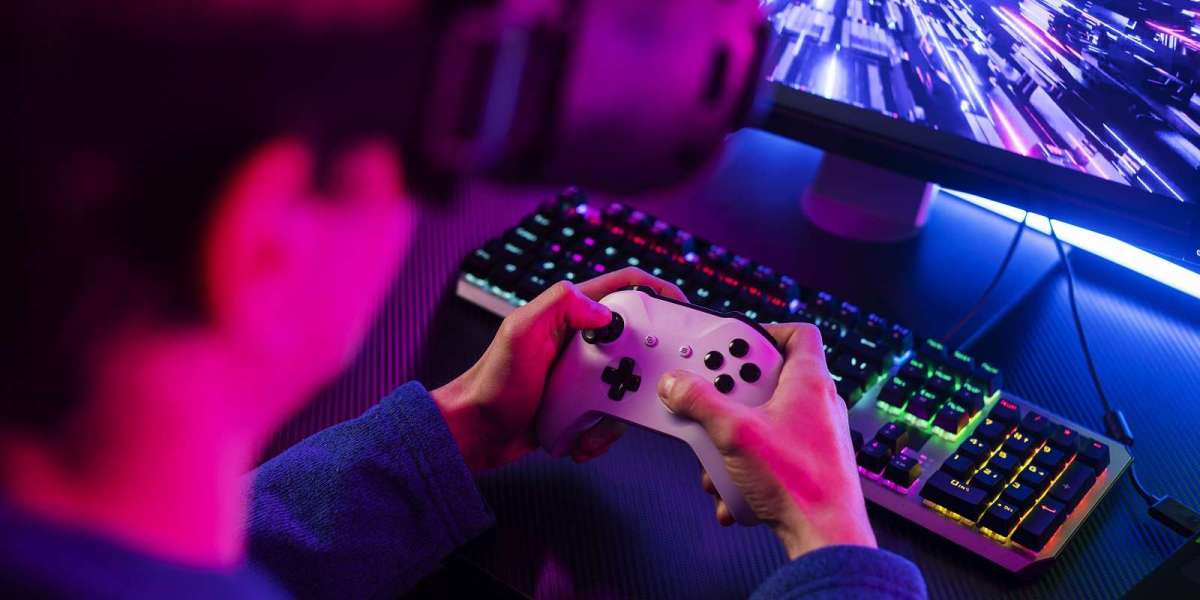Virtual Reality (VR) isn't just about fun and games—it's a thrilling tool that can supercharge the way kids learn. Imagine stepping into a whole new world where history, science, and art come to life right before your eyes. In this blog, we'll dive deep into how VR transforms learning experiences for children, making education an exciting journey of discovery.
The Magic of Immersion
VR isn't like watching a movie or reading a book—it's like being transported to another dimension! With VR headsets, kids can explore ancient civilizations, roam with dinosaurs, or journey through the human body—all from the comfort of their classroom. By immersing themselves in these virtual environments, children engage their senses and absorb knowledge in a way that textbooks can't match.
Virtual Reality in Education: Technology for Kids
Delving into the realm of technology for kids, the utilization of Virtual Reality (VR) in educational settings sparks intriguing conversations about the suitability of technological tools for young learners. By immersing children in captivating virtual environments where learning becomes an adventure, VR offers a unique approach to education that engages their senses and curiosity. This innovative use of technology encourages a shift from passive screen time to active, immersive learning experiences, prompting discussions about the potential benefits and considerations surrounding the integration of technology into children's lives.
Hands-On Learning Made Easy
In traditional classrooms, it's often hard for kids to grasp complex concepts without tangible examples. But with VR, learning becomes hands-on and interactive. Instead of just reading about the solar system, children can actually travel to each planet, seeing their sizes, colors, and moons up close. This hands-on approach sparks curiosity and helps concepts stick in their minds long after the VR headset comes off.
Personalized Learning Adventures
Every child learns at their own pace and in their own way. VR caters to this diversity by offering personalized learning experiences. Whether a child is a visual learner who thrives on colorful graphics or an auditory learner who prefers listening to explanations, VR can adapt to their needs. With customizable settings and interactive activities, every child can embark on a learning journey tailored just for them.
Building Empathy and Understanding
One of the most powerful aspects of VR is its ability to foster empathy and understanding. By placing kids in the shoes of others, VR experiences can help them see the world from different perspectives. Whether it's walking in the shoes of a refugee or experiencing life as an endangered species, these immersive experiences cultivate empathy and encourage children to become compassionate global citizens.
Conclusion
Virtual Reality isn't just a game-changer for entertainment—it's a revolutionary tool that transforms learning into a thrilling adventure. By immersing kids in interactive environments, VR enhances their understanding, sparks curiosity, and fosters empathy. As technology continues to evolve, the possibilities for using VR in education are endless, promising a future where learning knows no bounds.









